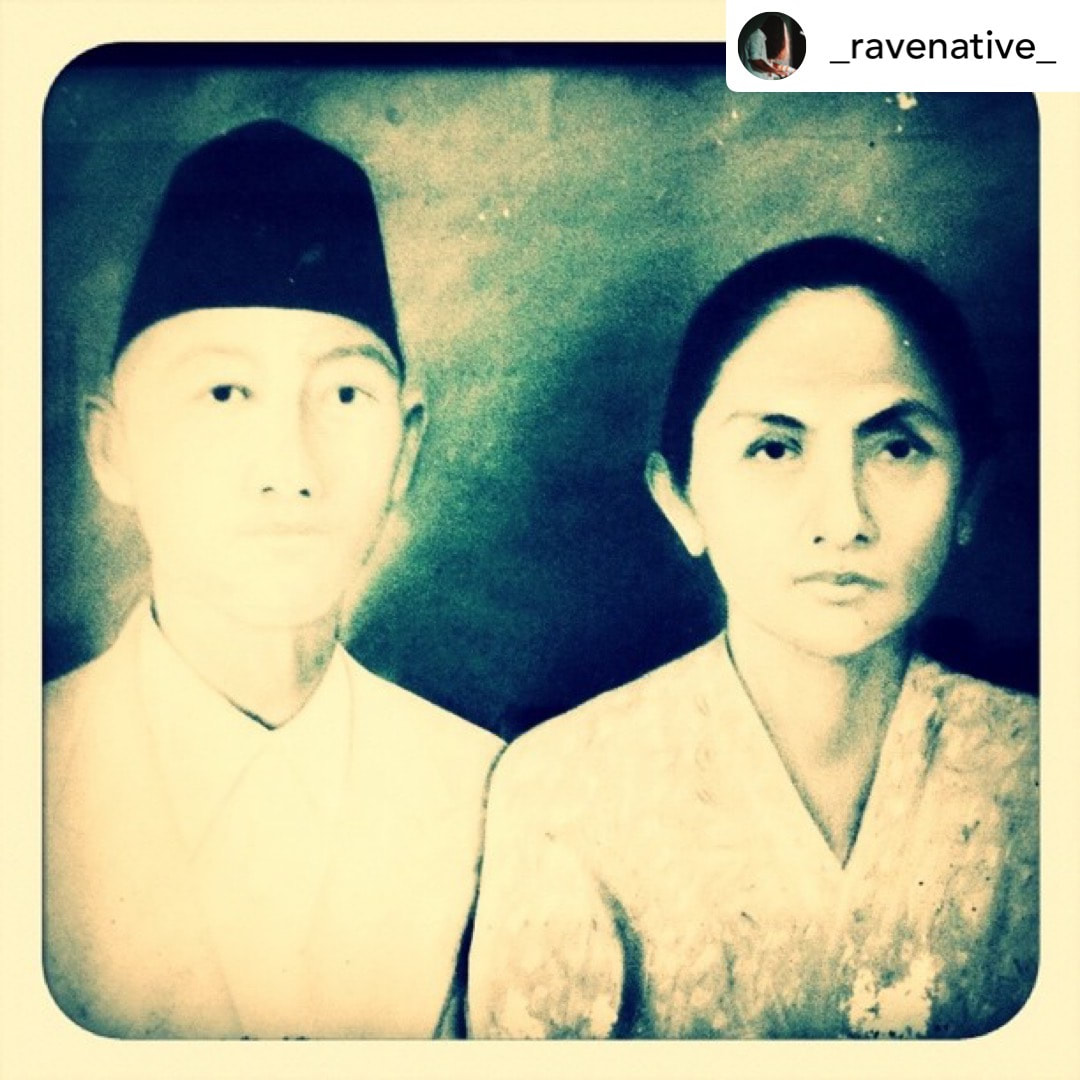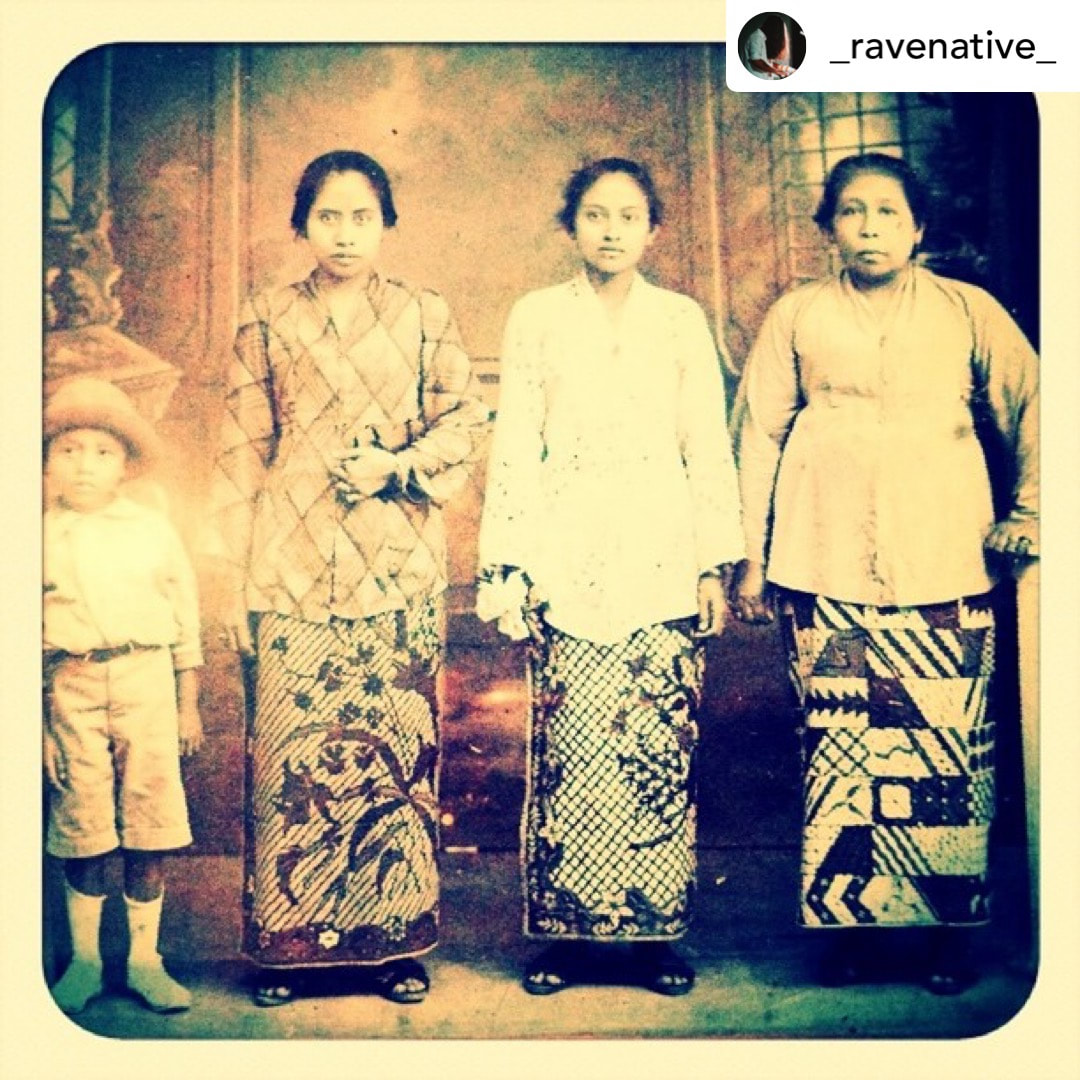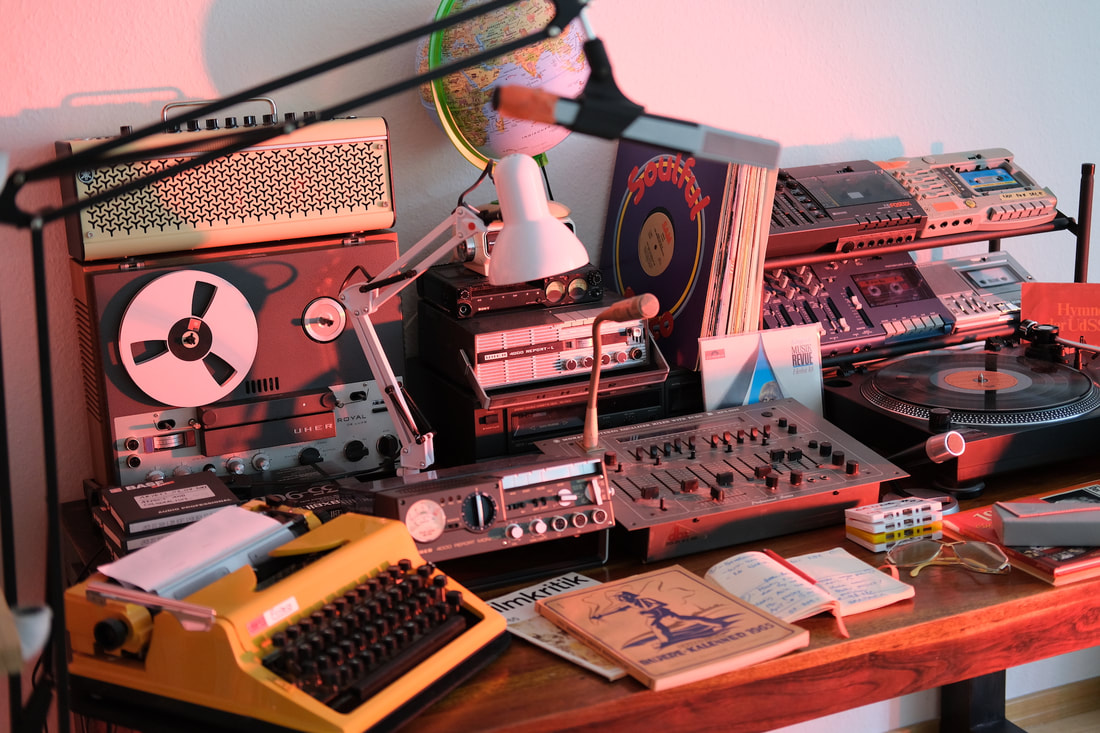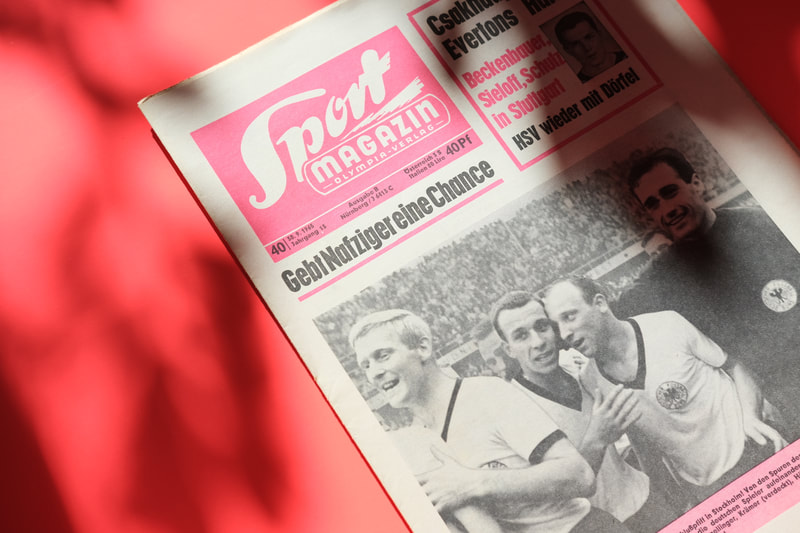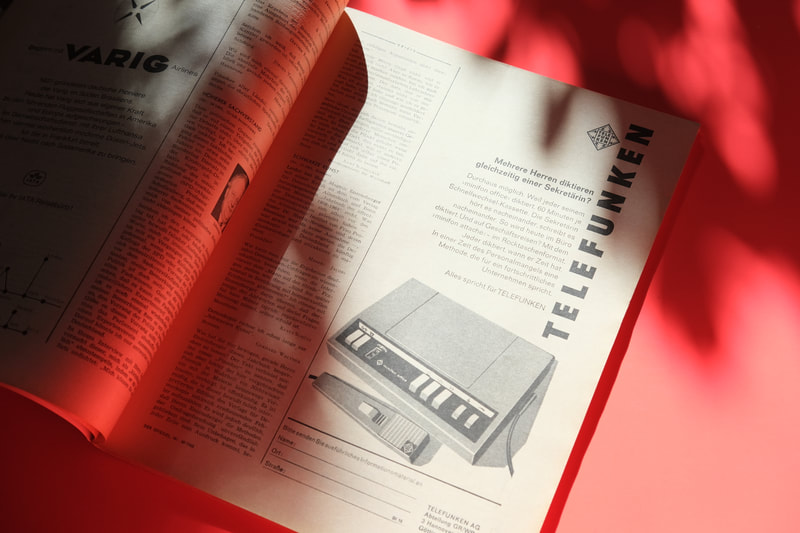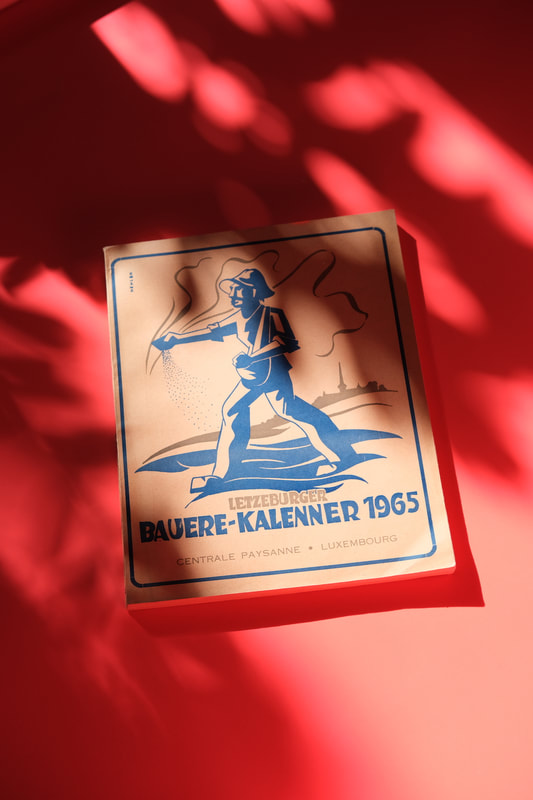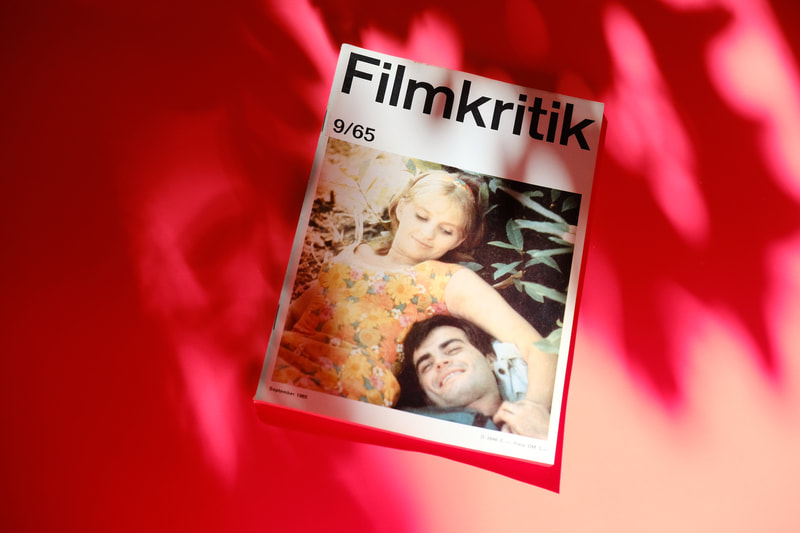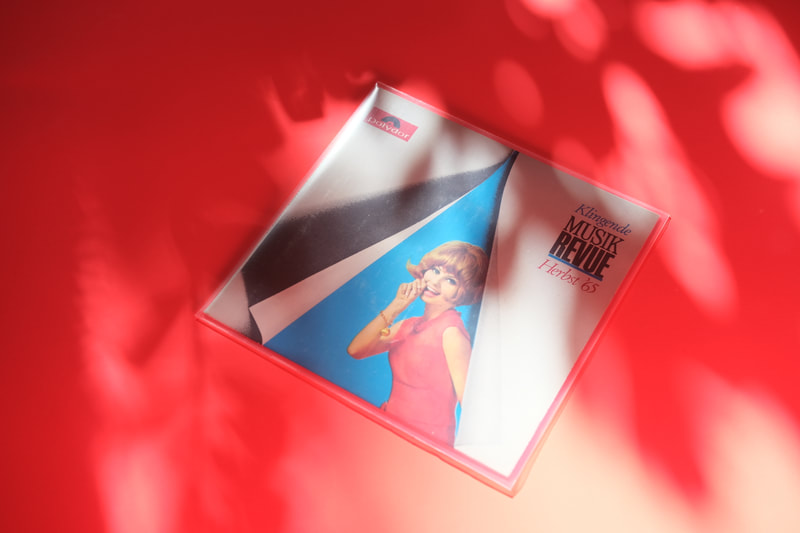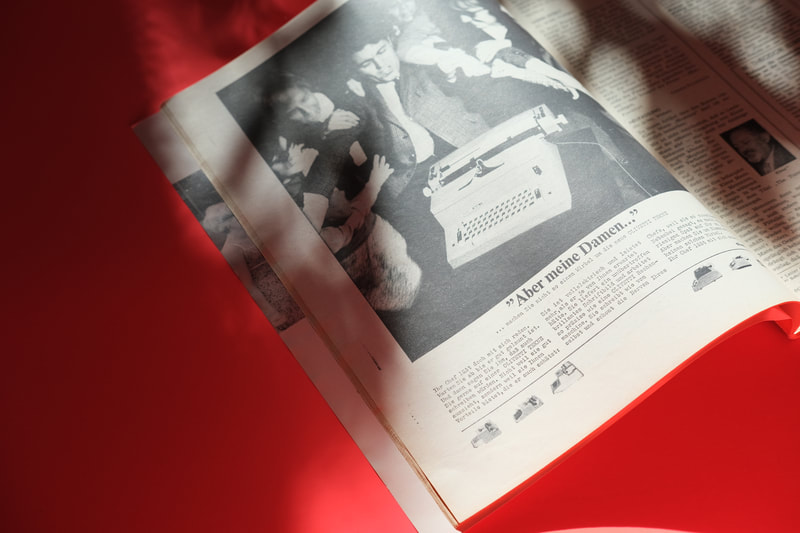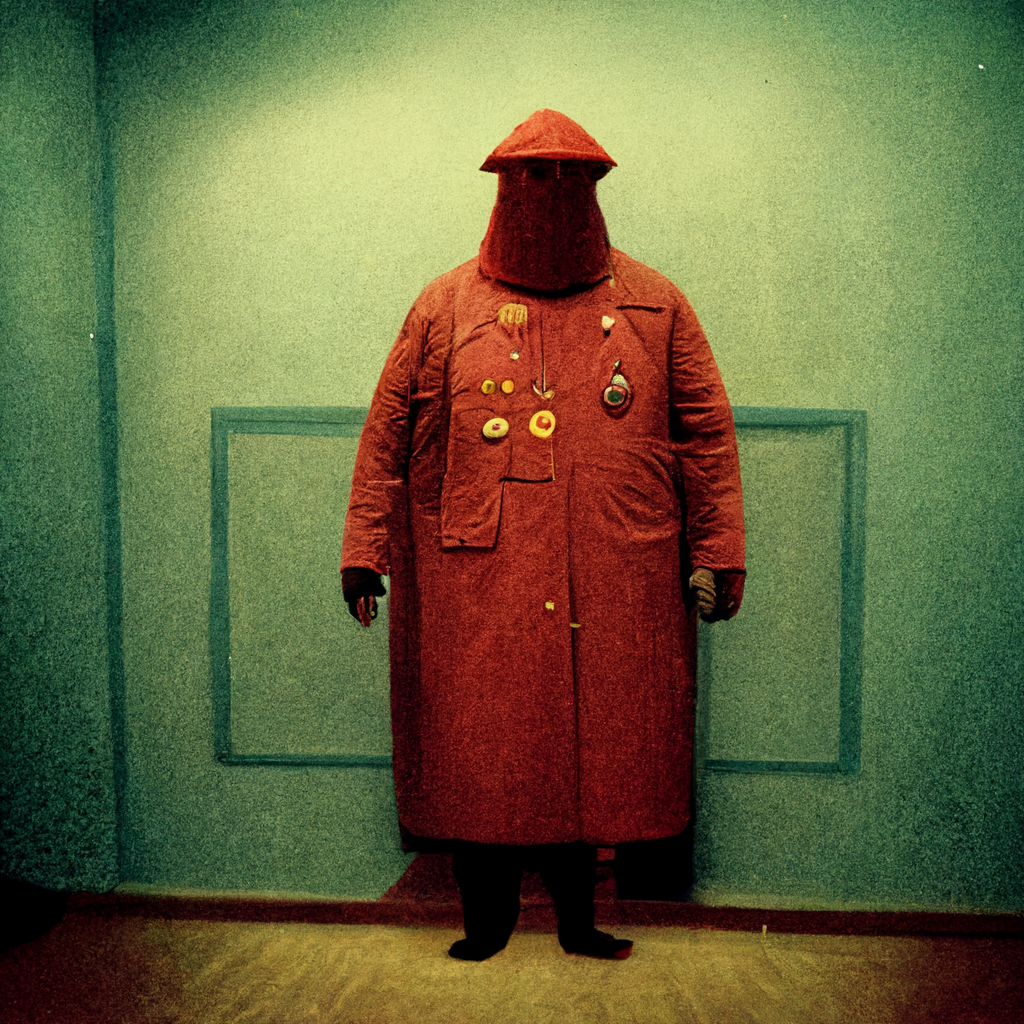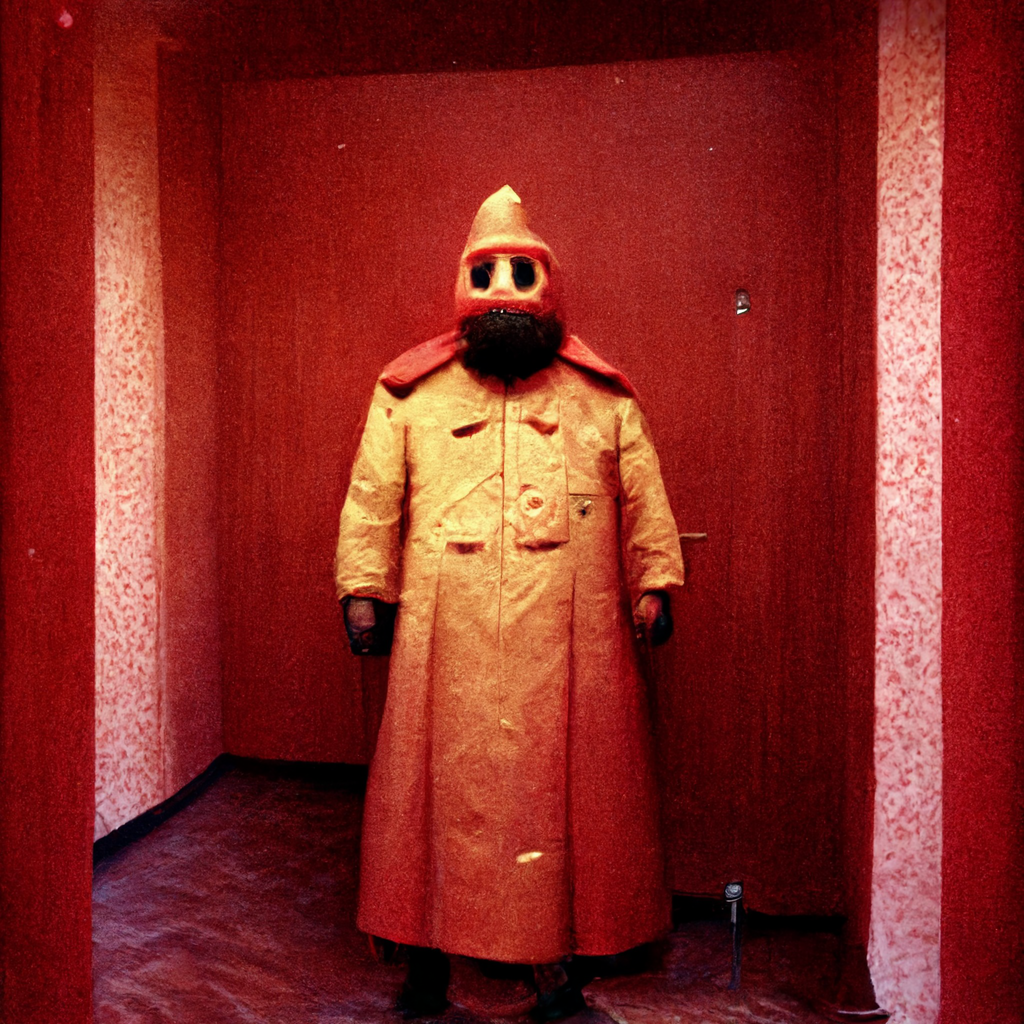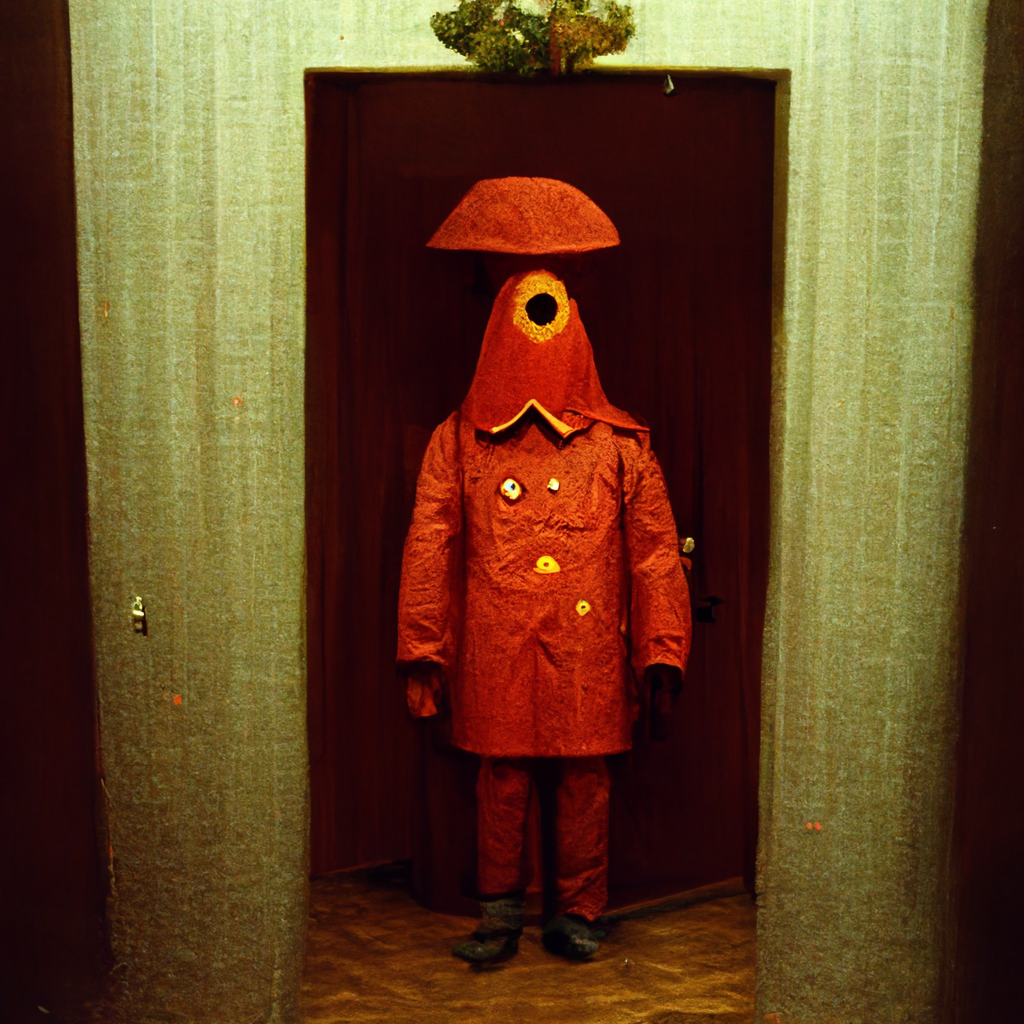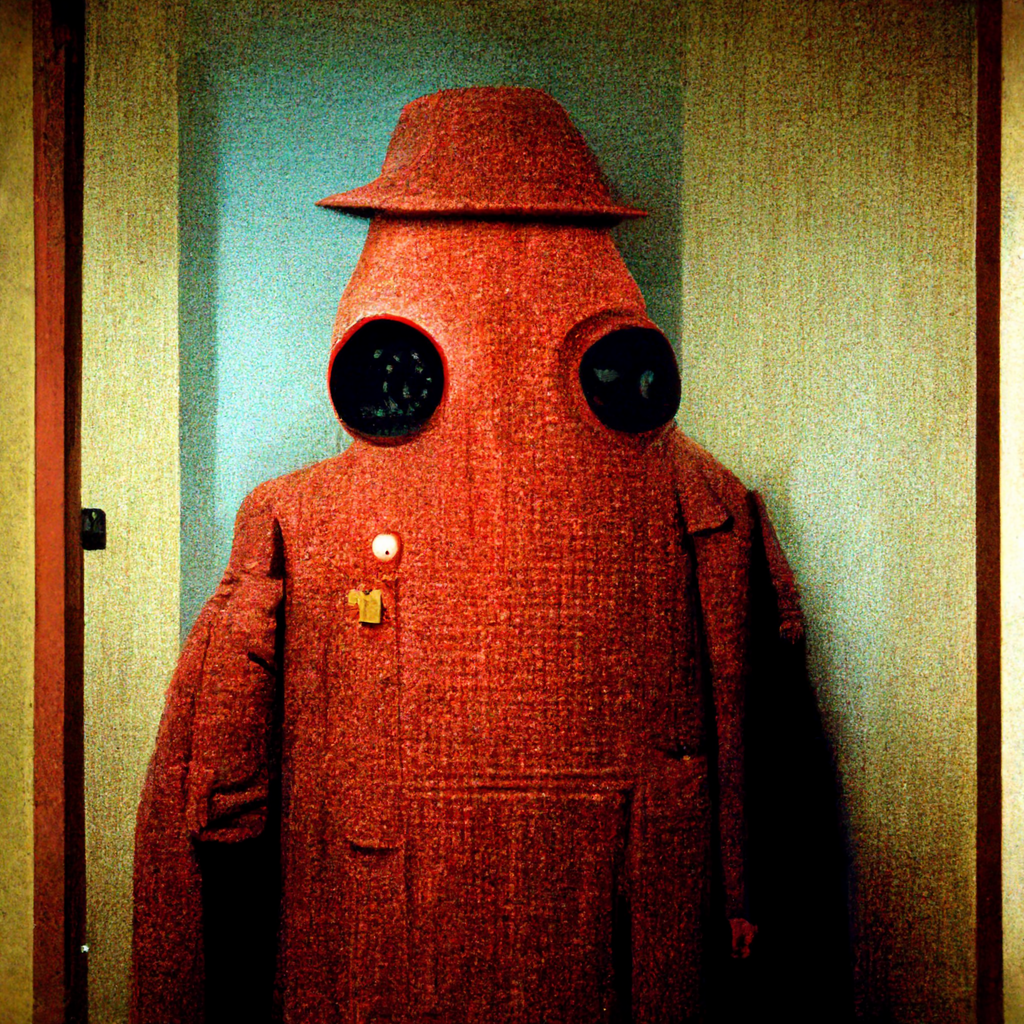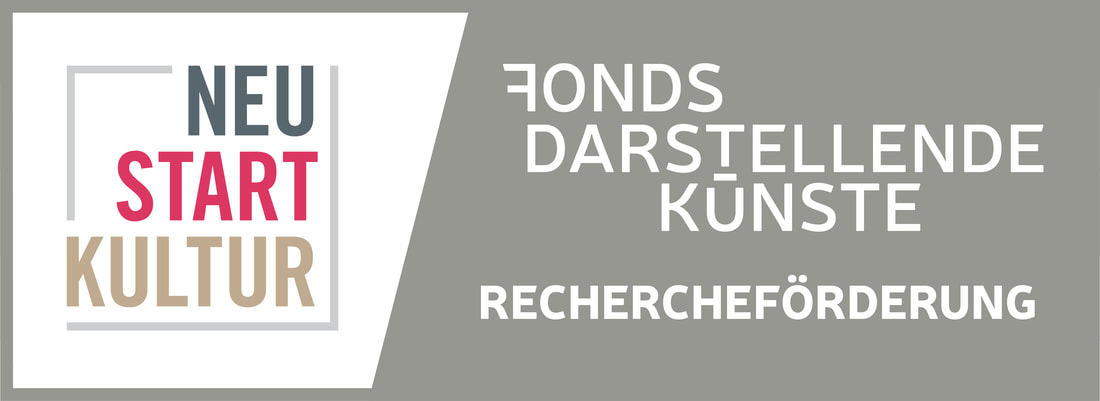|
LEFT
TRAUM _A |
1.4748° N, 124.8421° E
#e90000 #7675f4 |
This is a research framework as part of the artistic development project “LEFTRAUMA”, a new lecture performance concept by Ariel Orah. The title is a wordplay consisting of three words that become essential investigation elements of this project : Left (associated with a left socialist/communist political group), Traum (German words for Dream), and Trauma.
The project aims to answer the main research question:
“How to turn collective post socialist trauma into an object of discourse within a performance?”
The project focus and inspired by the idea of speculating collective trauma on present societies from anti-communist mass killing campaign during Cold War that happened in several global south counties including Indonesian mass killing in 1965-1966, and then follows by similar later plans implemented by other authoritarian capitalist regimes with the assistance and support from United States and it’s Western Blocks. This research project is my continuation and consistency of conducting research on Indonesian history and performing art. Previous research which has turned into performative artistic output includes “GAUNG – UNVORHERBESTIMMTE RESONANZ “ - Lecture Performance about Encounter of National Identity Stereotype (premiered in Ballhaus Naunynstrasse) and “Aryati”, an experimental theater piece about the transformation of Keroncong music against the backdrop of Indonesian history. The work depicts the decolonization process of keroncong music from 1920 to 1990, from a colonial product to a claimed indigenous cultural heritage, supported by Haupstadtkulturfonds.
The project was executed according to the three major parts as I planned on the research proposal which are the contextualisation phase, analytical phase, and formation phase.
Contextualisation Phase divided into Literature review and Interview. Literature review done by focusing on 2 books (Jakarta Method and Collective Trauma), and 1 movie (The Act of Killing). The Jakarta Methods explores the US role in the mass killings in Indonesia in 1965-66 as well as military coups in Latin America to show the consequences of USA Cold War interventions in the present day. The Act of Killing is a gripping and at the same time bizarre documentary about those who joined with the soldiers of Indonesia in 1965 and killed more than one million alleged communists, ethnic Chinese, and intellectuals.
Interview divided into 3 different stages. First, an experiment “interview” between the diaspora artist and their families. The conversation talked about the socialist topics, something that was unusual to be done. Participants in this experiment are me (interviewing my parents), XXX (a Berlin-based Brazilian dancer and choreographer who interviewed her sister), and XXX (a grandchild of Indonesian refugees in Germany who fled because communist coup in the 1960s). A focus group discussion with diaspora performing artists from south east asia and south america background also did in the digital sphere. In total I interviewed 12 diasporic artists with various nationalities and art backgrounds.
Contextualisation Phase divided into Literature review and Interview. Literature review done by focusing on 2 books (Jakarta Method and Collective Trauma), and 1 movie (The Act of Killing). The Jakarta Methods explores the US role in the mass killings in Indonesia in 1965-66 as well as military coups in Latin America to show the consequences of USA Cold War interventions in the present day. The Act of Killing is a gripping and at the same time bizarre documentary about those who joined with the soldiers of Indonesia in 1965 and killed more than one million alleged communists, ethnic Chinese, and intellectuals.
Interview divided into 3 different stages. First, an experiment “interview” between the diaspora artist and their families. The conversation talked about the socialist topics, something that was unusual to be done. Participants in this experiment are me (interviewing my parents), XXX (a Berlin-based Brazilian dancer and choreographer who interviewed her sister), and XXX (a grandchild of Indonesian refugees in Germany who fled because communist coup in the 1960s). A focus group discussion with diaspora performing artists from south east asia and south america background also did in the digital sphere. In total I interviewed 12 diasporic artists with various nationalities and art backgrounds.
The second phase of this research process is the analytical phase where I analyzed various epistemic objects and investigated the relation potential narrative with the main research question on “How to turn “collective post socialist trauma” into an object of discourse within a performance?”. Some focus finding are : the role of media (radio and newspaper) are vital during the period of 1965 Indonesian communist tragedy and 1964 Brazilian coup d'état, the cultural similarities of having a big “taboo” when it comes to public discourse or event in private/intergenerational -family regarding this socialist scar topic.
I found interest in developing ideas around the epistemic components of radio, propaganda, and inter-generational family communication in the global south. Those become the main elements to build a performance structure. The performance will contain 1 main character, a fictional radio announcer who lives in the 60s and is not consciously aware that he/she/they become the propaganda instrument.
I found interest in developing ideas around the epistemic components of radio, propaganda, and inter-generational family communication in the global south. Those become the main elements to build a performance structure. The performance will contain 1 main character, a fictional radio announcer who lives in the 60s and is not consciously aware that he/she/they become the propaganda instrument.
Artistic strategy that I began in this phase is to create an environment of radio announcers who lived in the 60s. I began to collect stage properties such as magazines, newspapers that were released in the 60s and also audio equipment that was being used in the making of “propaganda strategy” at that time such as reel to reel tape recorders.
The next phase is to create this radio announcer persona using the “machine learning” process where I shape the visual character towards text input.
„gefördert vom Fonds Darstellende Künste aus Mitteln der Beauftragten der Bundesregierung für Kultur und Medien im Rahmen von NEUSTART KULTUR.“
“Supported by Fonds Darstellende Künste with funds from the Federal Government Commissioner for Culture and the Media within the program NEUSTART KULTUR.”
